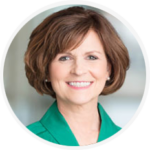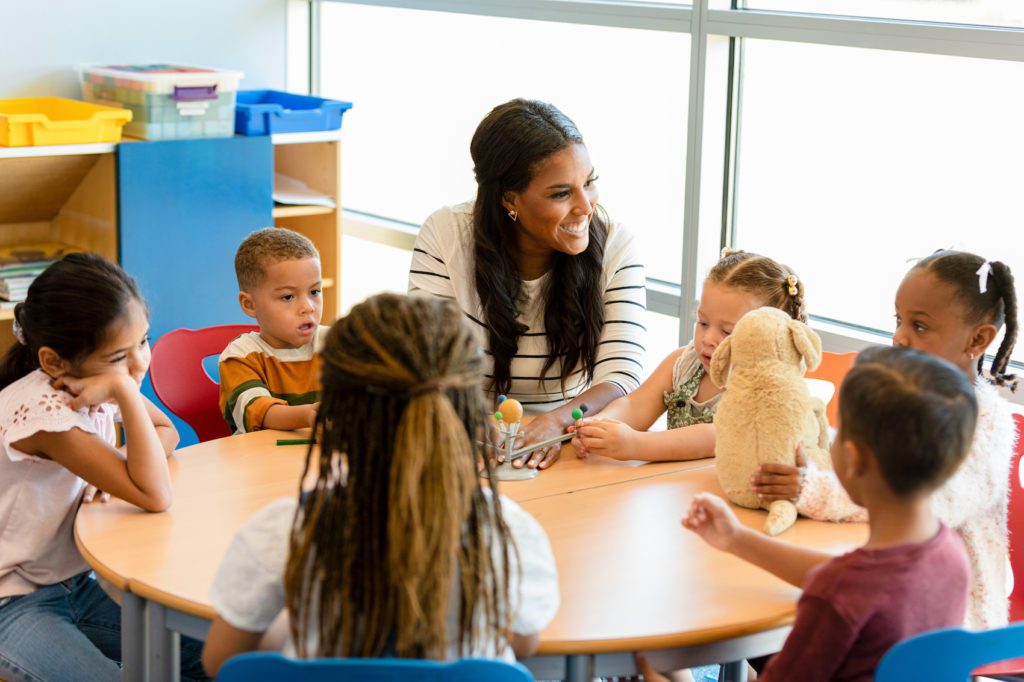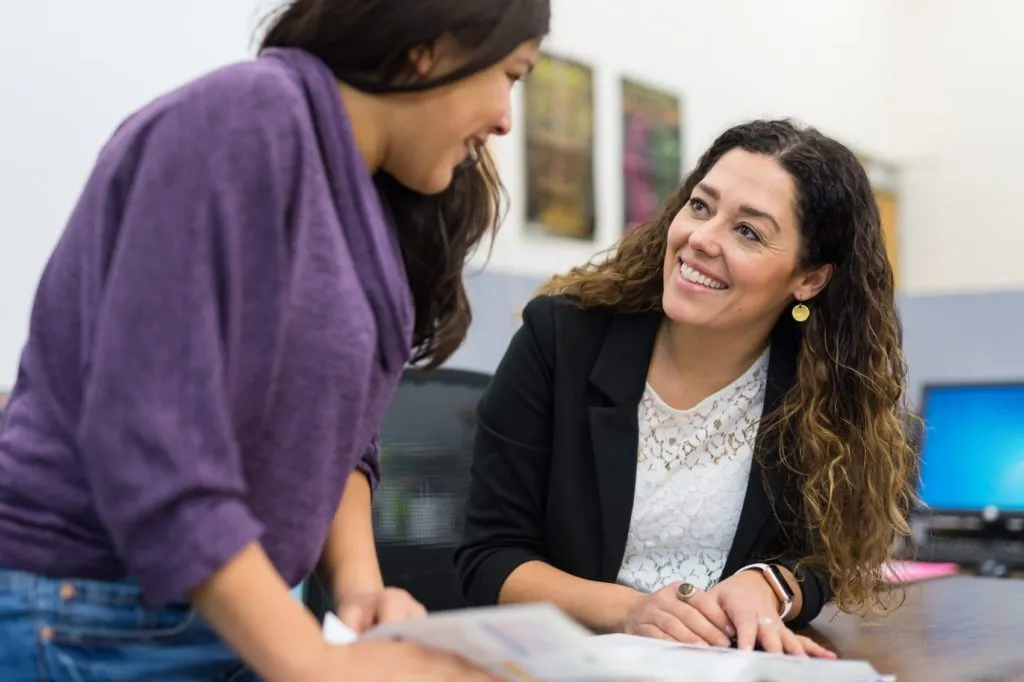How Extraordinary Careers Are Nurtured: Nine Tips for Transforming Teacher Professional Development


As a career-long educator, I have seen professional development inspire meaningful change. In fact, I credit my own success in bouncing back from burnout to having been sent to just the right training at just the right time.
Often, however, administrators offer professional development that does not align with what an individual teacher really needs to hear, see, experience, and contemplate.
Fortunately for me, at a time when I most needed some focused support, I worked for an administrator who was paying attention to teachers as learners. When school leaders reframe their understanding of adult learning to view it in the same way that they think of children’s learning—that is, occurring along a progression—they are better prepared to plan and implement professional development that leads to meaningful change for the program by building the capacity of individual teachers.
A Progression of Development and Learning
Take a moment to think about the “progression of development and learning” of a new teacher. If you have served as an administrator for even a few years, you can probably make a pretty good guess at the knowledge, skills, and abilities that a brand-new teacher will demonstrate. Most likely, you have an idea of some of the behaviors you could expect to see, some questions you could anticipate the teacher asking, and many of the obstacles you know they will encounter at different points throughout that first year of teaching.
The Creative Curriculumpresents widely held expectations for children’s progressions of development and learning to empower teachers to individualize instruction and support each child’s strengths and needs. Ideally, professional development for teachers operates the same way: in addition to being able to anticipate the needs of a new teacher based on the many ways that teachers’ experiences are alike, we also know that each teacher travels their own path. Responsive, individualized professional development and support can be a deciding factor between new teachers who go on to lead impressive careers as respected, beloved leaders in the field and others who will burn out and leave the profession by the end of their third year.
While you can’t account for everything that life will bring their way, you can help teachers by viewing their professional development and learning as “progressional” development.
Tips for Leading Teacher Progressional Development
Yep, you read that right: “progressional development.” It’s professional development, of course, but for the rest of this piece, I want to keep that idea about a progression of development and learning for teachers front and center.
“Progressional development” is a way of helping teachers continually grow their professional skillset by understanding that each of them has their own strengths, needs, and interests upon which to build. This perspective can be a key factor in determining whether a teacher continues to stoke her professional fire in a positive, meaningful way or burns out.
I have nine tips to help guide your planning for teacher “progressional development.” These may sound familiar if your program implements The Creative Curriculum and GOLD, because they borrow heavily from the foundational tenets of this system of teaching, learning, and assessment.
Nine Tips for Leading Teacher Progressional Development
- Build a positive relationship with each teacher by getting to know them as individuals. Doing so is the singular path to supporting each teacher’s “progressional development.”
- Start from where teachers are, including acknowledging that some skills and much knowledge may fall into the “not yet” category of widely held expectations, especially for a new teacher in the “infancy” of her career, but also for an experienced teacher who is attempting something new.
- Provide frequent, informative, constructive, and objective feedback based on your observation of each teacher’s demonstrated knowledge, skills, and abilities.
- Remember that some skills are more complex than others and take more time and practice to develop.
- Invest in the long-term careers of new teachers by intentionally seeking ways to lighten the loads expected of them. New teachers are often asked to produce the same outcomes as their more seasoned colleagues, but with less experience and fewer resources. Make clear what is absolutely essential in their work so that they know where to focus their energy.
- Look for ways that you can help teachers feel challenged but not frustrated, including respecting their time. Ask yourself, “Does this meeting, paperwork, or training that I am asking teachers to spend time on serve a legitimate purpose? Does it further our goals for children and families?” If not, eliminate it if you can. If you can’t eliminate it, look for ways to trim what you are able and endow whatever remains with meaning.
- Spark meaningful conversations that lead to reflective practice by asking thought-provoking, open-ended questions and paying attention to teachers’ responses.
- Remember that learning is a social process and that everyone—regardless of age—learns by becoming actively engaged in meaningful content within stimulating contexts. Intentionally seek out ways for teachers to connect with other educators who are committed to viewing themselves as learners.
- Help teachers scaffold their learning. If what you’re planning for professional development doesn’t help a teacher “get to the next level,” then it probably doesn’t contribute to “progressional development.”
Never assume that a standardized experience will meet individualized needs. Whenever you are required to implement generic professional development, elevate it to “progressional development” by considering an essential aspect of Intentional Teaching Experiences from The Creative Curriculum: their Teaching Sequence. A Teaching Sequence suggests ways that a teacher can make small adjustments to a single learning experience so that it meets individual learners’ needs. Prior to a training session, ask teachers what they hope to learn about the topic, what they think they most need to learn about it, and what parts of it they already feel comfortable with such that they could be a support for a colleague.
When leaders understand teachers as learners, they are better positioned to provide not just professional development but the “progressional development” that will both promote a program-wide culture of continuous improvement and nurture individual careers.

Catered to the unique needs and demands of adult learners
Cultivate high-quality, developmentally appropriate practice with the Professional Development Membership for Teachers.